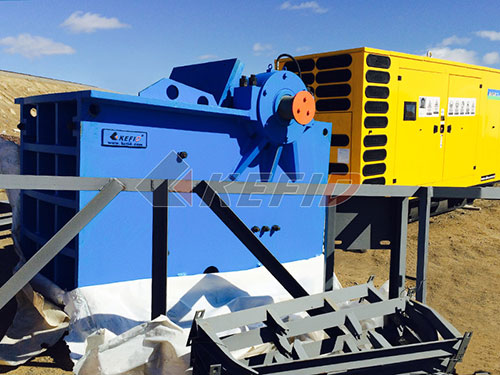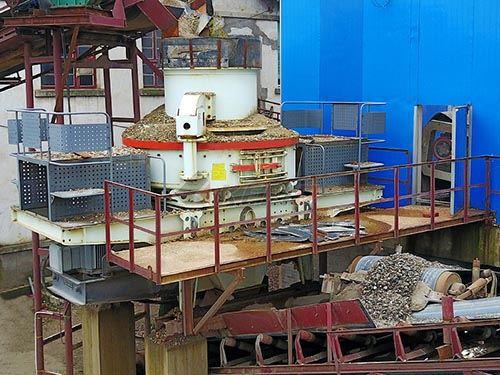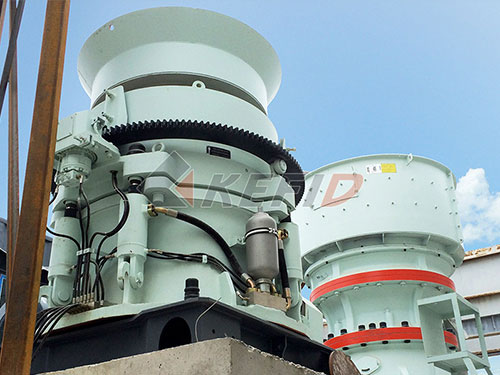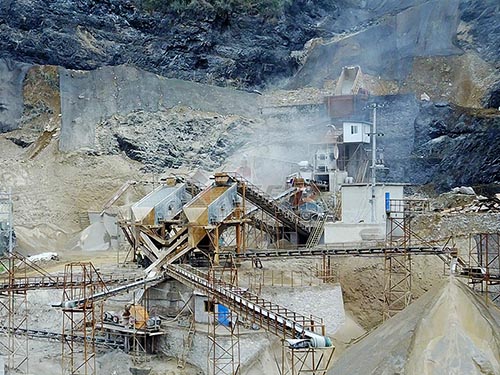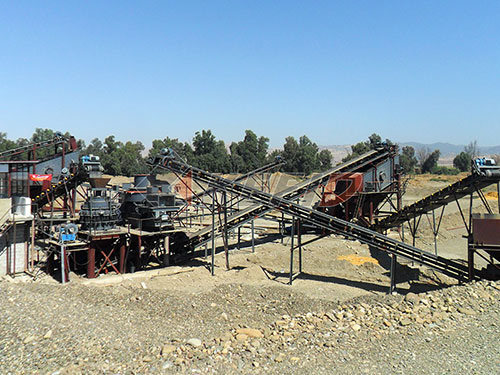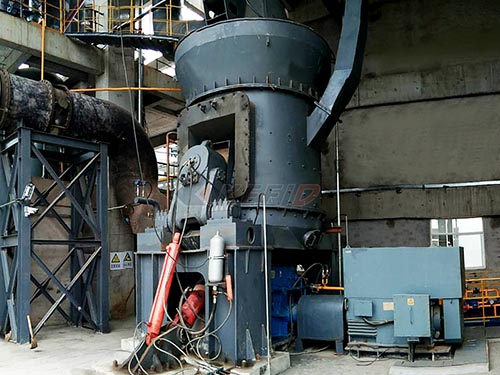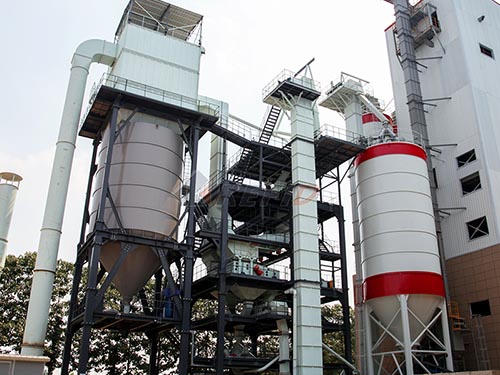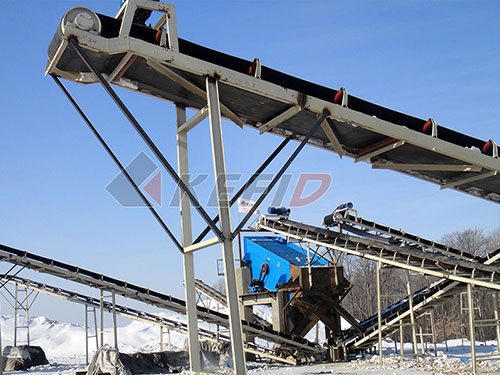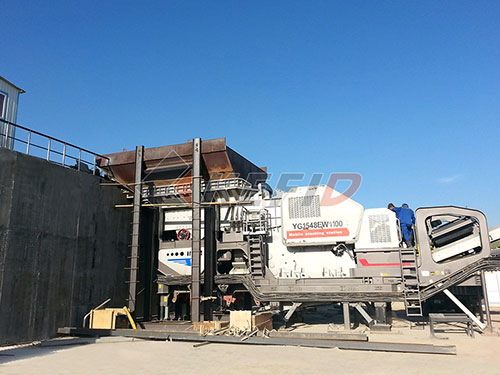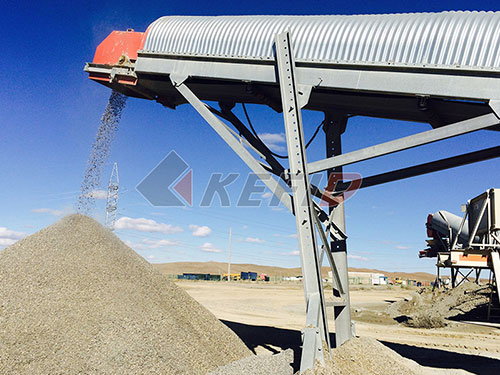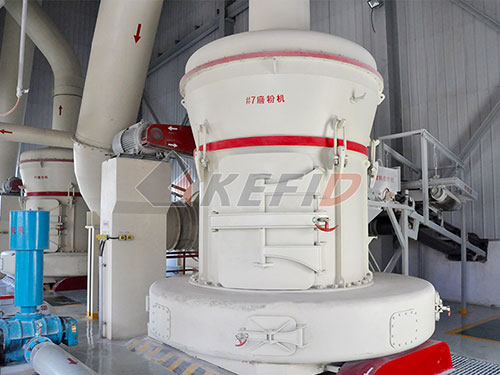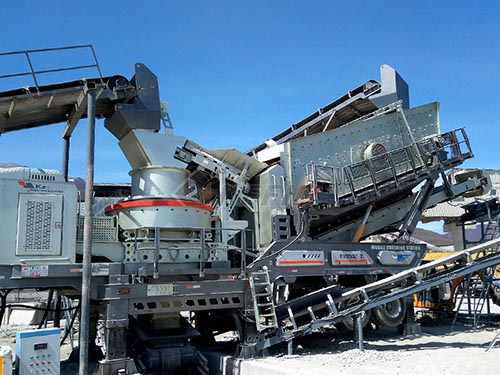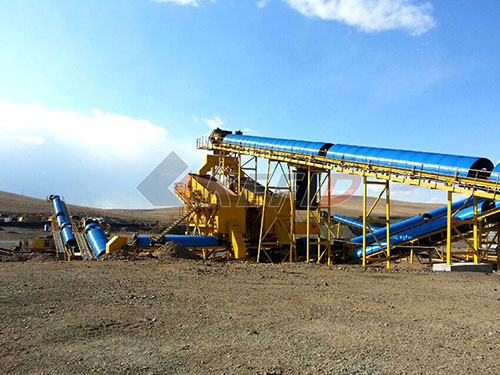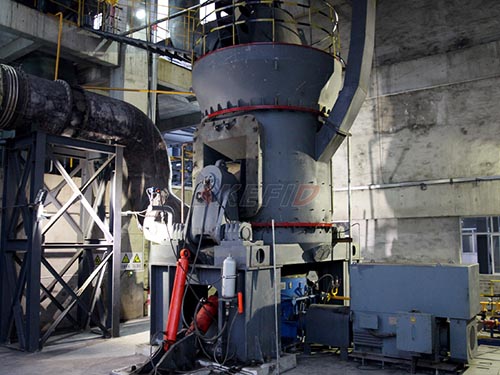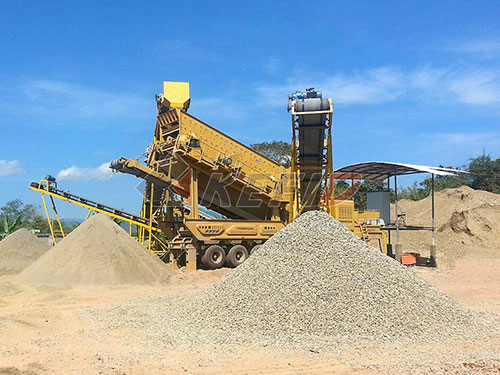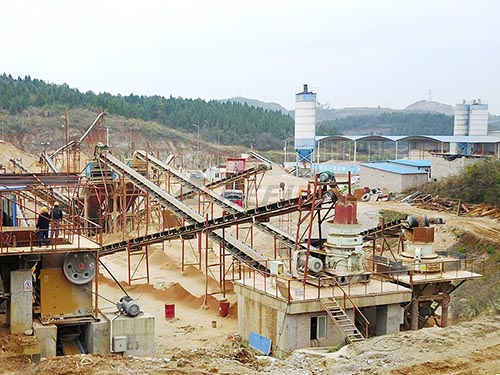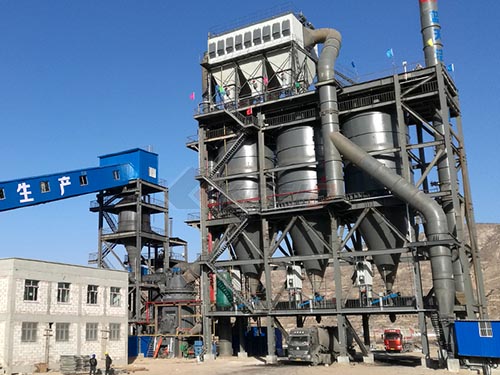International Crusher Brands: Navigating the Global Giants of Size Reduction
The world of crushing equipment is a dynamic and essential one, underpinning industries from mining and aggregates to construction and recycling. Choosing the right crusher is critical for operational efficiency, product quality, and profitability. This article explores the landscape of international crusher brands, highlighting their strengths, specializations, and what sets them apart in this competitive global market.
The Global Demand Drivers
The need for robust crushing solutions is fueled by relentless global urbanization demanding vast quantities of construction aggregates (sand, gravel, crushed stone), the continuous extraction of minerals essential for modern life, and the growing imperative for efficient recycling of construction demolition waste (CDW) and other materials. This universal demand has fostered a diverse ecosystem of manufacturers operating on a worldwide scale.
Leading Players: A Spectrum of Expertise
Several powerhouse brands dominate the international scene, each bringing decades (sometimes centuries) of engineering prowess and application knowledge:
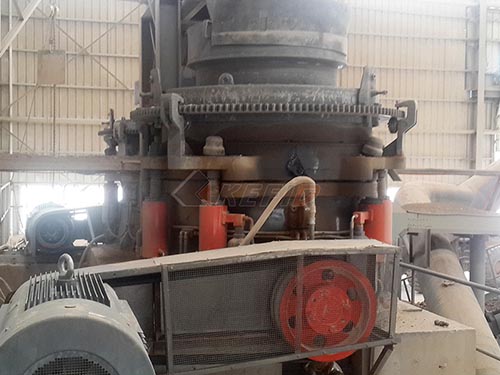
1. Sandvik Rock Processing Solutions: A Swedish engineering giant formed from the merger of Sandvik Mining & Rock Technology’s stationary crushers and screens business with Schenck Process Group’s minerals portfolio (formerly part of Metso). They offer an incredibly comprehensive range – jaw crushers, cone crushers (including renowned CH/CS series), impact crushers (Prisec™), gyratory crushers – known for advanced automation (like ASRi™), high capacity, reliability, and sophisticated digital solutions (My Sandvik portal).
2. Metso Outotec / Metso: Following its own restructuring (divesting its recycling business as Nordsense), Metso remains a Finnish powerhouse focused on aggregates and minerals processing technology globally. Their Lokotrack® mobile crushing plants are industry benchmarks for mobility and productivity. They excel in jaw crushers (Nordberg® C Series), cone crushers (Nordberg® HP/GP Series), impact crushers (Nordberg® NP Series), and vertical shaft impactors (Barmac® B Series), emphasizing energy efficiency and total cost of ownership.
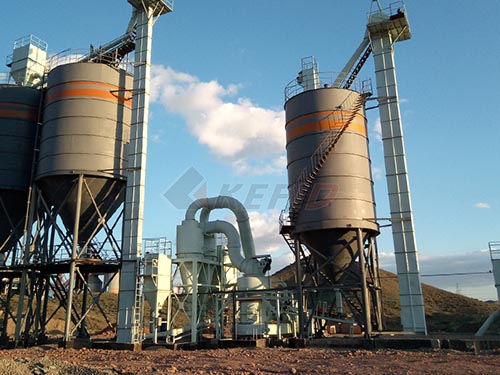
3. Terex MPS: Part of the US-based Terex Corporation, Terex MPS boasts strong heritage brands like Cedarapids®, Simplicity®, Canica®, and Jaques®. They are particularly renowned in North America but have significant global reach. Their strength lies in rugged jaw crushers (JC/JS series), cone crushers (MVPX/MC series), horizontal shaft impactors, vertical shaft impactors (Canica® VSI

